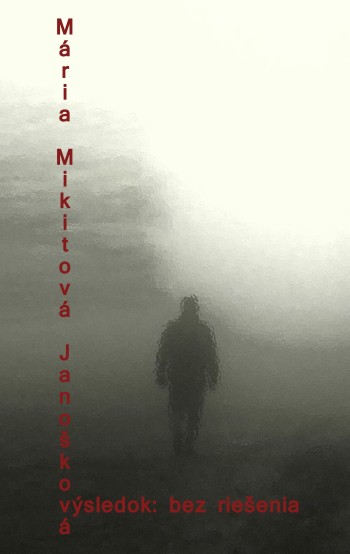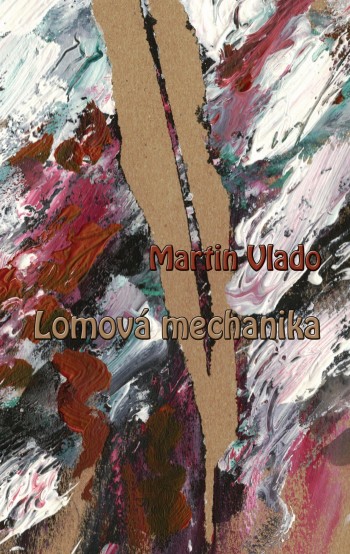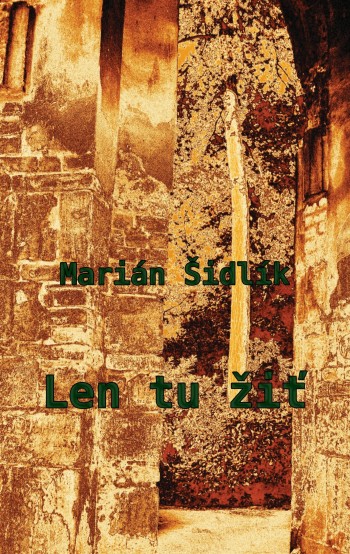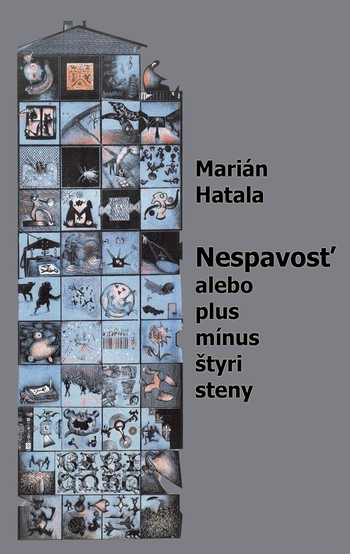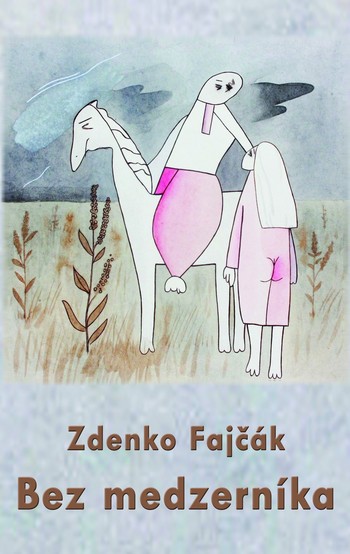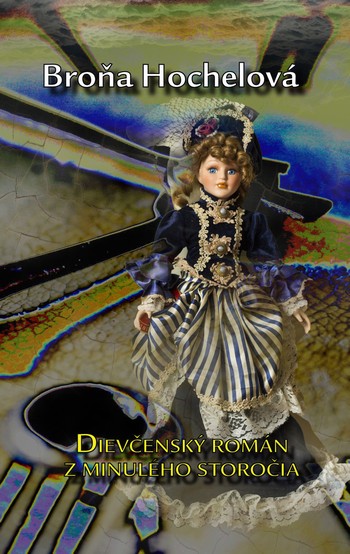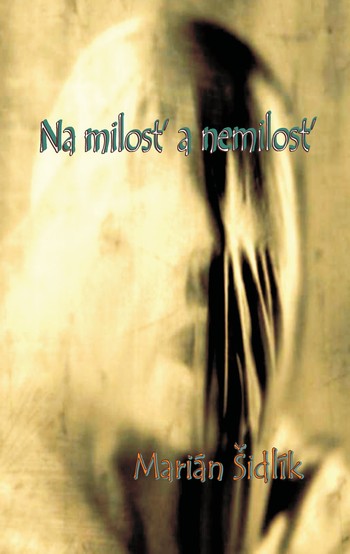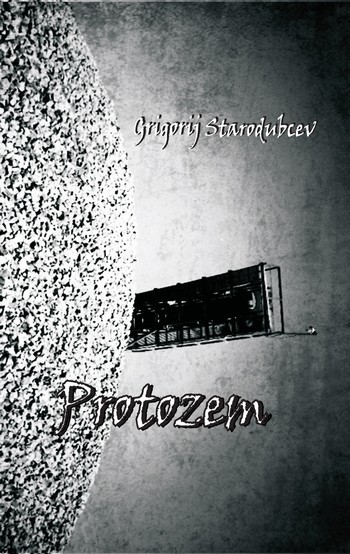Pectus publishing house, Košice 2014
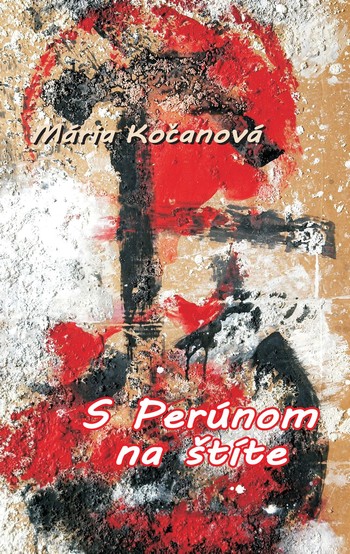
A fifteen-year old daughter Sajava of the Croatian prince Ljudevit is to marry Zvonimír, the son of the Moravian prince Mojmír in order to solidify the unity of the Slavic people. Before the wedding took place, the whimsical and roguish girl had been kidnapped by Baldrik, the son of the Fuldian prince, who fell in love with her as a prisoner at her father's. She is saved by the one who was given to her – Zvonimír. In this way, he arouses not only thankfulness but also passionate but unrequited love in his bride-to-be. Their happiness does not last forever, though. Zvonimír dies in a battle with the Avars, Slovenians win with many losses on their part... In the panoramic portrayal of the life in the Great Moravia in the 9th century when Christianity started to spread here, there are also characters who are a product of the author´s fiction, authentic personalities, Great Moravian noblemen Pribina, Mojmír, Rastislav as well as the future ruler Svätopluk. There is a shift of the plot from the region around Nitra and the Moravian-Slovak borders to the Adriatic Sea and the Court of the French ruler. The first, completed part of the intended trilogy in terms of the plot – the manuscript of the second instalment with a torso of the third one was destroyed during the war – draws on the remaining parts of the decade since its inception. In this manner, the prolific, Catholically-minded prose writer, dramatist, author of juvenile fiction, later on deprived of the possibility to publish, rekindles the awareness of readers.
